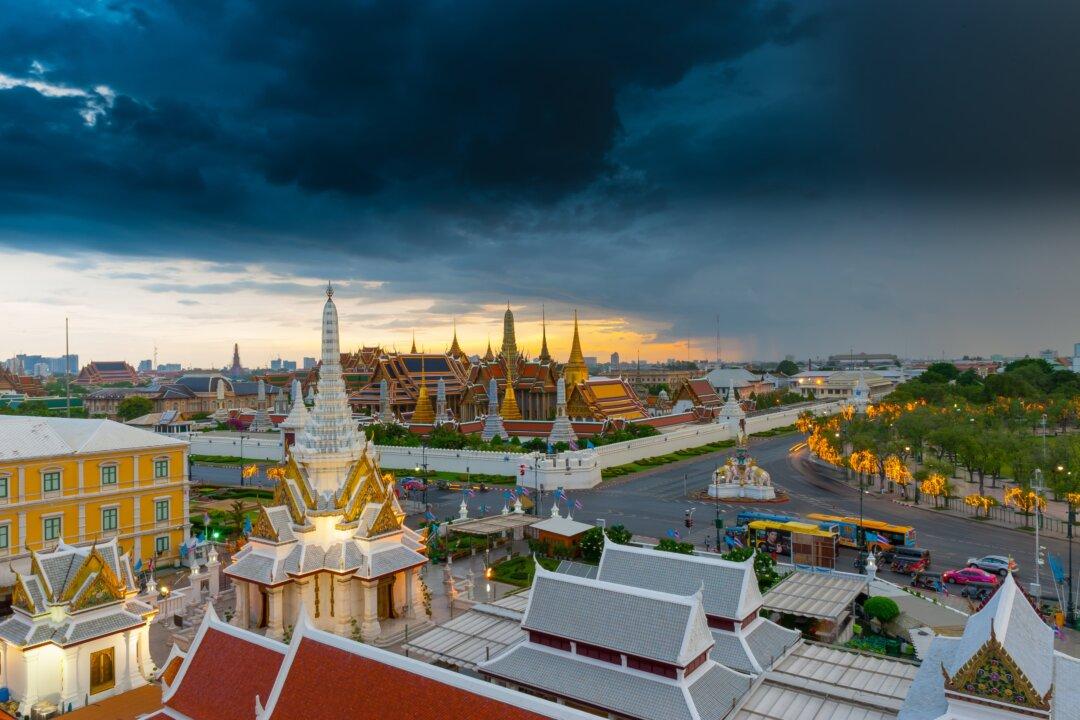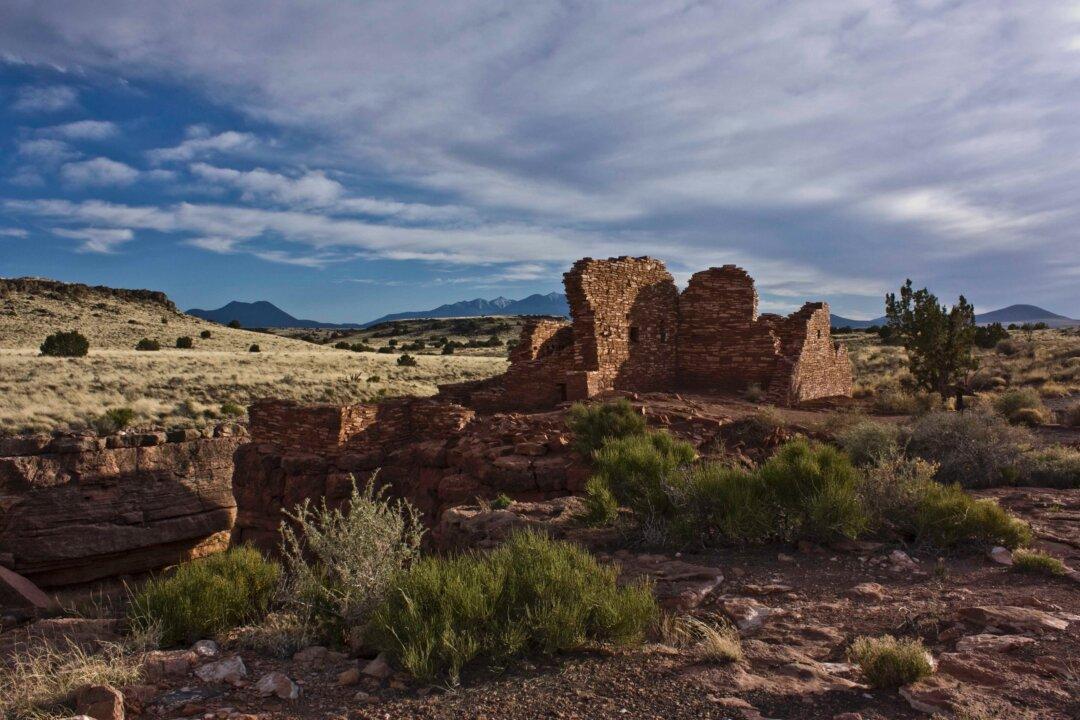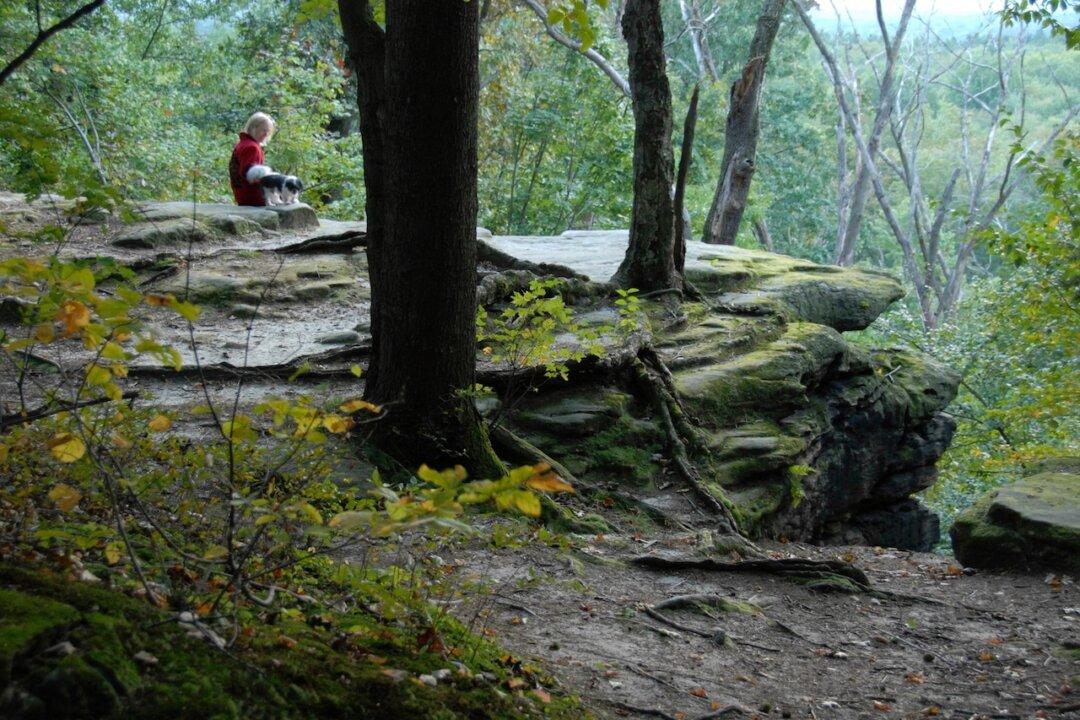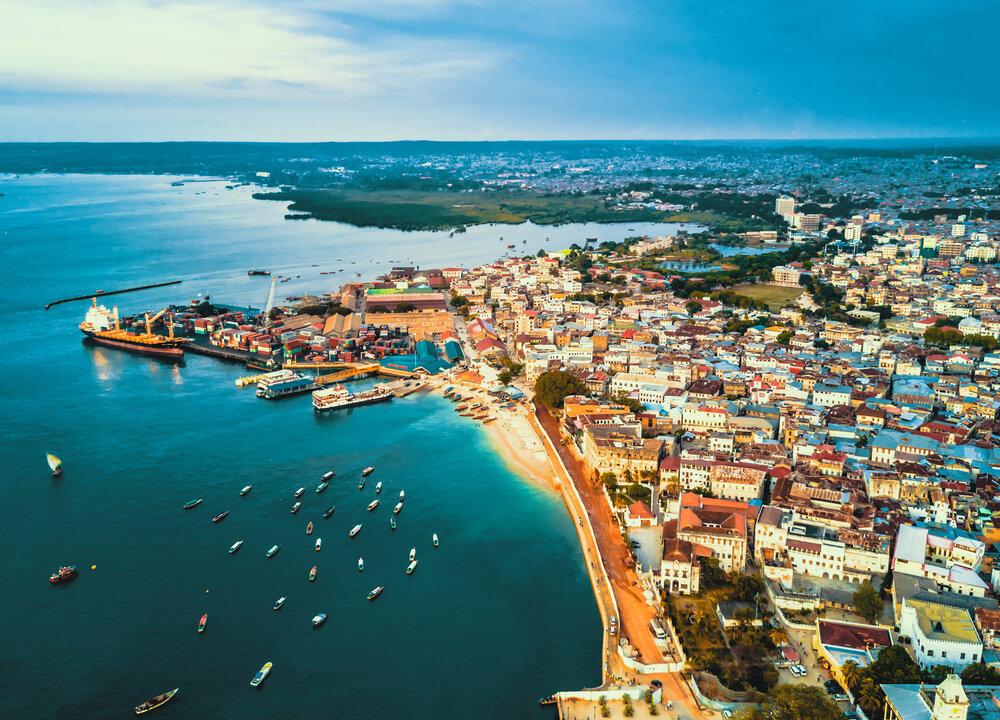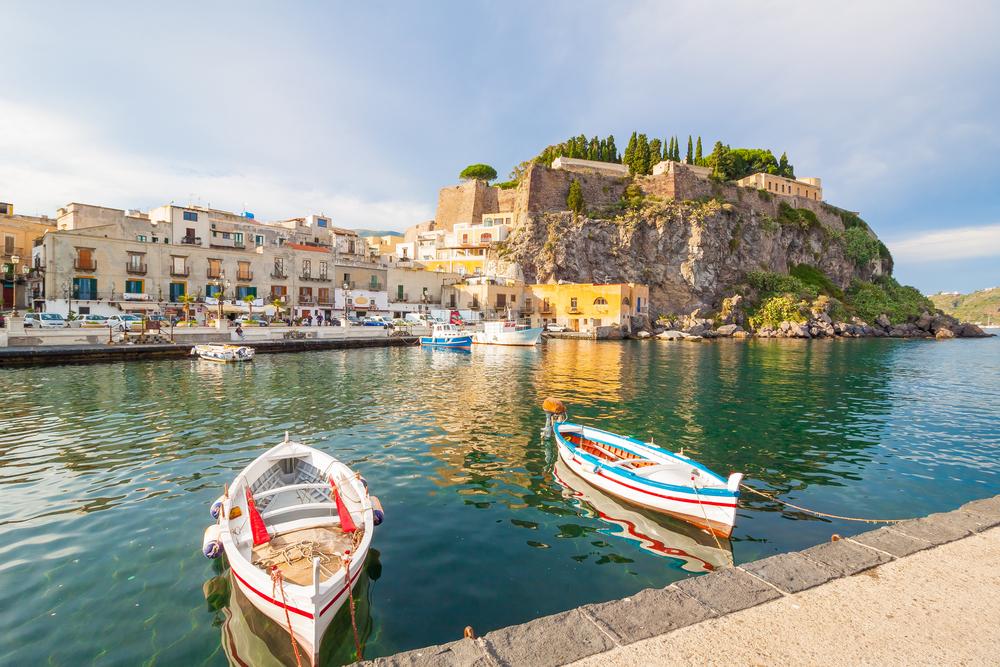Covering some 54 acres in the heart of Bangkok, the Grand Palace is one of the world’s most stunning architectural wonders. Built by Chakri Dynasty founder Rama I, the palace served as the Thai royal residence up until 1925.
Built on the eastern bank of the Chao Phraya River beginning in 1782, the palace expanded into a massive complex of buildings. It served as the official residence of the kings of Siam (and later Thailand). In all, the palace counts more than 100 fabulous buildings surrounded by high walls.

